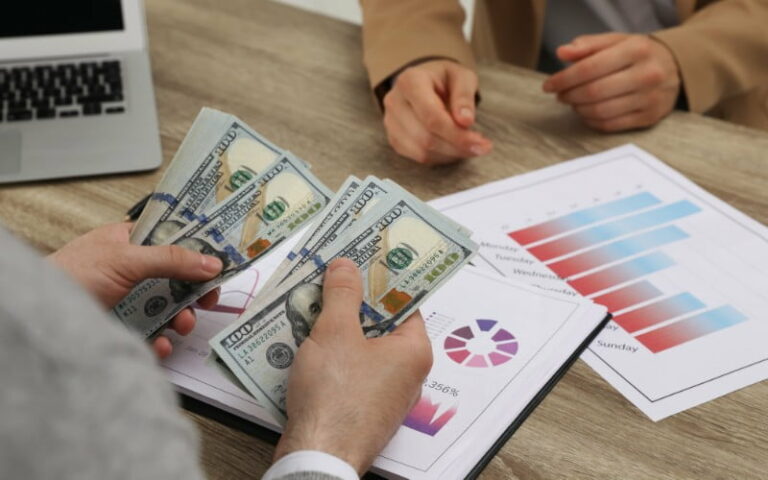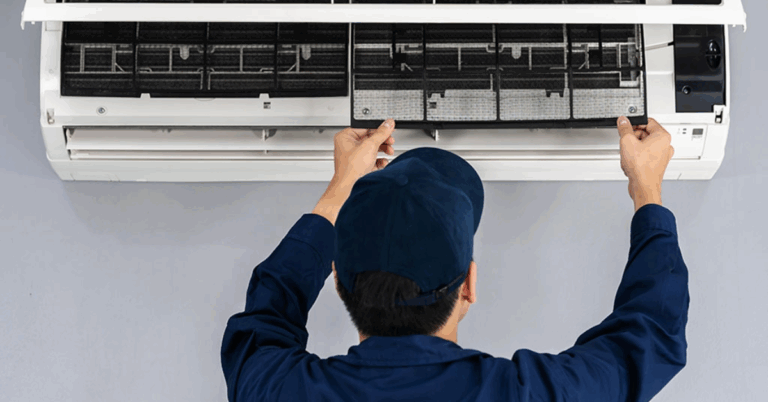How to Develop a Sustainable Packaging Strategy for Your Business
Sustainable packaging is gaining momentum across industries as companies and consumers recognize the urgent need to reduce environmental impact. With the rise in environmental awareness, businesses are increasingly shifting towards eco-friendly packaging solutions to meet consumer demand for sustainable practices. This transition not only helps in reducing waste and carbon footprint but also demonstrates a commitment to preserving the planet for future generations.
The use of sustainable packaging materials, such as biodegradable plastics, recycled paper, and compostable alternatives, plays a crucial role in minimizing the ecological footprint of products. By opting for sustainable packaging, businesses can align themselves with sustainable development goals and contribute to the global effort to combat climate change. Embracing sustainable packaging is not only a responsible choice but also a strategic one, as it can enhance brand reputation and appeal to eco-conscious consumers who are increasingly prioritizing sustainability in their purchasing decisions.
Understanding Environmental Impact
Packaging plays a crucial role in our daily lives, impacting the environment in various ways. From production to disposal, each stage of a product’s packaging lifecycle leaves a footprint on the environment. The materials used for packaging, the energy consumed during production, and the disposal methods all contribute to its environmental impact.
It is imperative to recognize that unsustainable packaging practices can lead to significant negative consequences for the environment. Excessive use of non-biodegradable materials, high carbon emissions from production processes, and improper disposal leading to pollution are just some of the issues associated with unsustainable packaging. As consumers become more environmentally conscious, the demand for sustainable packaging solutions is increasing, driving companies to reevaluate their practices and opt for more eco-friendly alternatives.
What is sustainable packaging?
Sustainable packaging refers to packaging materials that are designed to have a reduced environmental impact, such as being recyclable, biodegradable, or made from renewable resources.
Why is sustainable packaging important?
Sustainable packaging is important because traditional packaging materials can have a negative impact on the environment, contributing to pollution, deforestation, and climate change. By using sustainable packaging, companies can help reduce their environmental footprint.
How can businesses implement sustainable packaging practices?
Businesses can implement sustainable packaging practices by using recyclable materials, reducing the amount of packaging used, and choosing packaging materials that are made from renewable resources. They can also work with suppliers to ensure that their packaging materials meet sustainable criteria.
What are some examples of sustainable packaging materials?
Some examples of sustainable packaging materials include recycled paper and cardboard, biodegradable plastics, compostable materials, and reusable packaging options such as glass or stainless steel containers.
How can consumers support sustainable packaging?
Consumers can support sustainable packaging by choosing products with minimal packaging, opting for products packaged in recyclable materials, and recycling or properly disposing of packaging materials. They can also choose products from companies that prioritize sustainability in their packaging practices.







